Building a smarter future for citizens: the power of AI in city development
Did you know that Italian citizens are calling for immediate action on waste management? Let’s find out what they think about cities!
Building a smarter future for citizens: the power of AI in city development
Did you know that Italian citizens are calling for immediate action on waste management? Let’s find out what they think about cities!
The evolution of citizens and cities
Over the years, cities have evolved from simple urban units to more complex structures full of social and cultural life. These changes have not only shaped the physical appearance of urban environments but also the relationships between people and the neighborhoods in which they live.
Cities are much more than just places to live. They are environments with which people identify and feel included.
Therefore, the current challenge consists in creating more sustainable urban environments, in which they can recognize themselves and be capable of reflecting diversity and inclusion.
When does the relationship between citizens and their neighborhoods change?
This happens when people feel part of a community and are no longer limited to living in a certain neighborhood. They feel involved to the point of actively participating in city life to encourage its growth and development. They are co-actors who participate in defining the identity and well-being of their neighborhood.
We can therefore observe the importance of the role of people, called smart people.
More engaged citizens also become more responsible, since they are directly involved in the administration of their city. This element translates into an increase in the general quality of life, promoting a safer and more eco-sustainable environment. Is their role alone critical to achieving these goals?
The transformative role of AI in city development
As we know, in a world that is constantly changing, it is important to also consider the opportunities offered by new technologies, in particular Artificial Intelligence (AI). The latter, in fact, contributes to the improvement of a city in various ways, for example:
- improving urban traffic and reducing drivers’ driving times;
- increasing urban safety immediately;
- making cities more sustainable through adaptive lighting systems capable of reducing energy consumption.
Currently, several Italian cities have launched many AI-based projects. For example, the city of Florence uses intelligent irrigation systems to automatically water urban green areas. The sensors employed allow to monitor soil conditions, detect losses, and decide based on weather conditions how and when to irrigate. This smart system guarantees water savings of up to 30% every year. [1]
What changes are necessary to improve the quality of life of citizens?
To better understand citizens’ opinions, in June and July 2023, multiple adults residing in Italian smart cities participated in a questionnaire. Specifically, this investigation aimed to:
- provide an overview of the state of the art of smart cities and Artificial Intelligence;
- identify the benefits perceived by citizens deriving from the application of AI;
- identify risks and their causes.
It was thus possible to investigate the relationship between citizens and their place of residence.
So what does the sample in question think? Let’s discover the most salient data!
Analyzing the results it emerged that the sample does not believe that there is an aspect on which not to act. Above all, the respondents believe that the reduction of air pollution (35.9%) and waste management (35.9%) are the areas that require the most interventions.
Next comes the availability of parking and street lighting, which appear to be only partially a priority in smart city neighborhoods.
Hence adopting an optimistic vision, it is possible to conclude that the residential areas of Italian smart cities have efficient street lighting systems and easily available parking spaces.
Is it really like this?
Let’s not forget that, in the city of Rome a citizen can spend 35 minutes looking for a parking space [2].
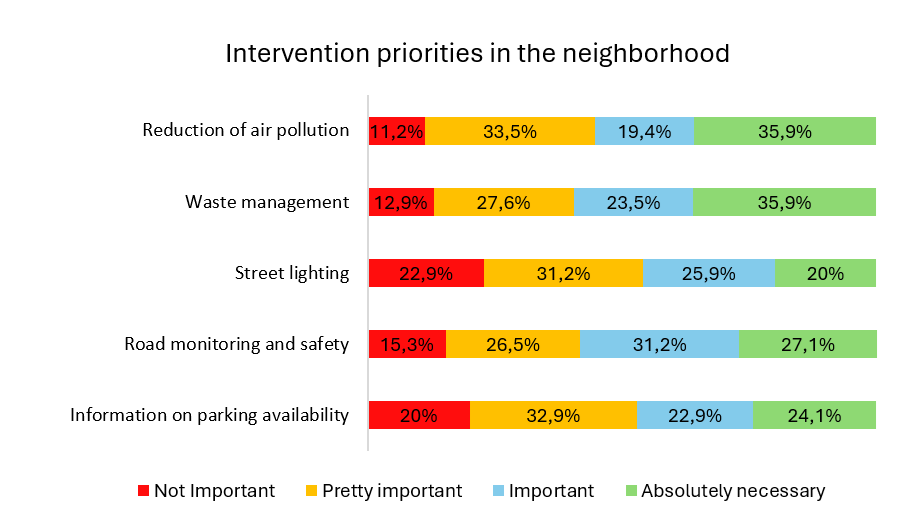
Regarding street lighting, in Italy there are around 10 million light points [3]. Therefore the sample’s perception would seem to correspond to the actual provision of public lighting. It could be hypothesized that the interviewees only considered the number of light points present in their neighborhood, ignoring other factors. For example, we can mention light pollution caused by street lights and the possibility of automatically adjusting the light based on weather conditions or the presence of vehicles.
Another data worth analyzing concerns urban surveillance and security. 31,2% of respondents think it is necessary to improve these aspects. The feeling of insecurity among citizens can be caused precisely by the increase in the population in urban areas.
It is consequently necessary: not only to guarantee the prevention and prosecution of crimes, but also to improve living conditions by investing in infrastructure and public services. The goal includes greater civic education, safer land planning, and faster conflict resolution. In this way, direct involvement between administrations, law enforcement agencies, and citizens themselves will be easier.
There has been more than positive data regarding the concept of AI and its benefits in a Smart City.
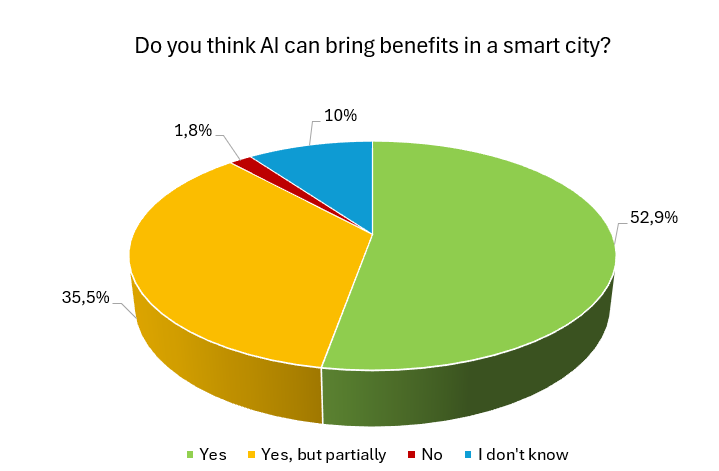
According to those interviewed, the application of AI can bring benefits within a smart city (88.2%). In particular: 68.7% believe that it can have a positive impact, especially on energy efficiency and the reduction of environmental pollution; 67.3% on improving urban mobility and public transport and 51.3% on improving the quality of life.
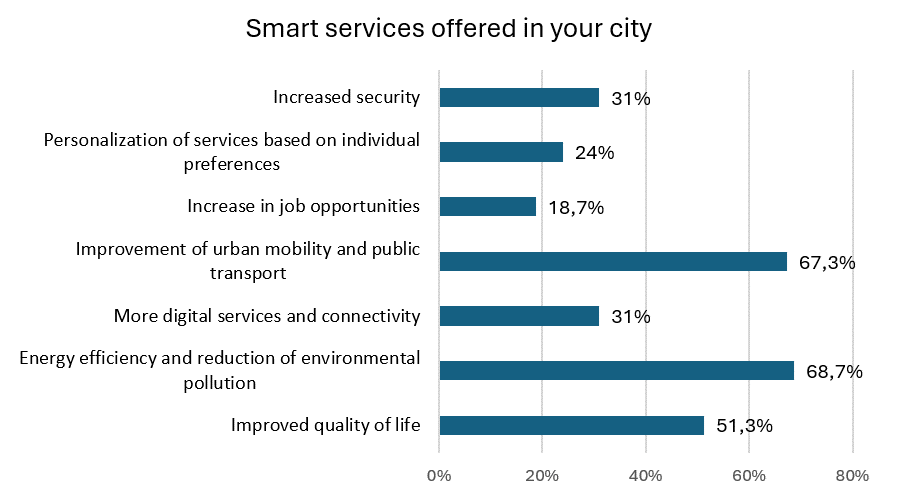
Clearly, technological and social developments are imposing changes to which it is necessary to adapt proactively. Only in this way, it will be possible to guarantee the well-being of citizens and strengthen the bond between them and their neighborhood of residence.
In this context, the application of Artificial Intelligence in cities truly constitutes an opportunity to improve people’s quality of life. It is the technology that has the ability to effectively respond to the changing needs of the community and improve the urban environment.
Citizens have expressed their more than favorable opinion toward AI and the advantages it brings. Now it is up to cities to put them into practice.
References:
-
-
- City of Florence – Environment. Online version: https://ambiente.comune.fi.it/node/52
- Parclick. Online version: https://parclick.it/
- Lumi4Innovation. Online version: https://www.lumi4innovation.it/illuminazione-pubblica-a-led-lampioni-sempre-piu-intelligenti-e-connessi/
-
© Copyright 2012 – 2024 | All Rights Reserved
Author: Eleonora Lavoratore, Graduate of Sapienza University
The evolution of citizens and cities
Over the years, cities have evolved from simple urban units to more complex structures full of social and cultural life. These changes have not only shaped the physical appearance of urban environments but also the relationships between people and the neighborhoods in which they live.
Cities are much more than just places to live. They are environments with which people identify and feel included.
Therefore, the current challenge consists in creating more sustainable urban environments, in which they can recognize themselves and be capable of reflecting diversity and inclusion.
When does the relationship between citizens and their neighborhoods change?
This happens when people feel part of a community and are no longer limited to living in a certain neighborhood. They feel involved to the point of actively participating in city life to encourage its growth and development. They are co-actors who participate in defining the identity and well-being of their neighborhood.
We can therefore observe the importance of the role of people, called smart people.
More engaged citizens also become more responsible, since they are directly involved in the administration of their city. This element translates into an increase in the general quality of life, promoting a safer and more eco-sustainable environment. Is their role alone critical to achieving these goals?
The transformative role of AI in city development
As we know, in a world that is constantly changing, it is important to also consider the opportunities offered by new technologies, in particular Artificial Intelligence (AI). The latter, in fact, contributes to the improvement of a city in various ways, for example:
- improving urban traffic and reducing drivers’ driving times;
- increasing urban safety immediately;
- making cities more sustainable through adaptive lighting systems capable of reducing energy consumption.
Currently, several Italian cities have launched many AI-based projects. For example, the city of Florence uses intelligent irrigation systems to automatically water urban green areas. The sensors employed allow to monitor soil conditions, detect losses, and decide based on weather conditions how and when to irrigate. This smart system guarantees water savings of up to 30% every year. [1]
What changes are necessary to improve the quality of life of citizens?
To better understand citizens’ opinions, in June and July 2023, multiple adults residing in Italian smart cities participated in a questionnaire. Specifically, this investigation aimed to:
- provide an overview of the state of the art of smart cities and Artificial Intelligence;
- identify the benefits perceived by citizens deriving from the application of AI;
- identify risks and their causes.
It was thus possible to investigate the relationship between citizens and their place of residence.
So what does the sample in question think? Let’s discover the most salient data!
Analyzing the results it emerged that the sample does not believe that there is an aspect on which not to act. Above all, the respondents believe that the reduction of air pollution (35.9%) and waste management (35.9%) are the areas that require the most interventions.
Next comes the availability of parking and street lighting, which appear to be only partially a priority in smart city neighborhoods.
Hence adopting an optimistic vision, it is possible to conclude that the residential areas of Italian smart cities have efficient street lighting systems and easily available parking spaces.
Is it really like this?
Let’s not forget that, in the city of Rome a citizen can spend 35 minutes looking for a parking space [2].

Regarding street lighting, in Italy there are around 10 million light points [3]. Therefore the sample’s perception would seem to correspond to the actual provision of public lighting. It could be hypothesized that the interviewees only considered the number of light points present in their neighborhood, ignoring other factors. For example, we can mention light pollution caused by street lights and the possibility of automatically adjusting the light based on weather conditions or the presence of vehicles.
Another data worth analyzing concerns urban surveillance and security. 31,2% of respondents think it is necessary to improve these aspects. The feeling of insecurity among citizens can be caused precisely by the increase in the population in urban areas.
It is consequently necessary: not only to guarantee the prevention and prosecution of crimes, but also to improve living conditions by investing in infrastructure and public services. The goal includes greater civic education, safer land planning, and faster conflict resolution. In this way, direct involvement between administrations, law enforcement agencies, and citizens themselves will be easier.
There has been more than positive data regarding the concept of AI and its benefits in a Smart City.

According to those interviewed, the application of AI can bring benefits within a smart city (88.2%). In particular: 68.7% believe that it can have a positive impact, especially on energy efficiency and the reduction of environmental pollution; 67.3% on improving urban mobility and public transport and 51.3% on improving the quality of life.

Clearly, technological and social developments are imposing changes to which it is necessary to adapt proactively. Only in this way, it will be possible to guarantee the well-being of citizens and strengthen the bond between them and their neighborhood of residence.
In this context, the application of Artificial Intelligence in cities truly constitutes an opportunity to improve people’s quality of life. It is the technology that has the ability to effectively respond to the changing needs of the community and improve the urban environment.
Citizens have expressed their more than favorable opinion toward AI and the advantages it brings. Now it is up to cities to put them into practice.
References:
-
-
- City of Florence – Environment. Online version: https://ambiente.comune.fi.it/node/52
- Parclick. Online version: https://parclick.it/
- Lumi4Innovation. Online version: https://www.lumi4innovation.it/illuminazione-pubblica-a-led-lampioni-sempre-piu-intelligenti-e-connessi/
-
© Copyright 2012 – 2024 | All Rights Reserved
Author: Eleonora Lavoratore, Graduate of Sapienza University

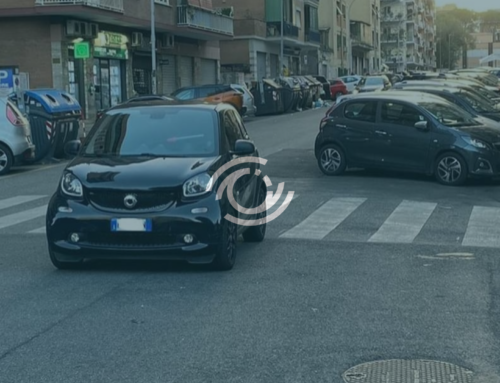

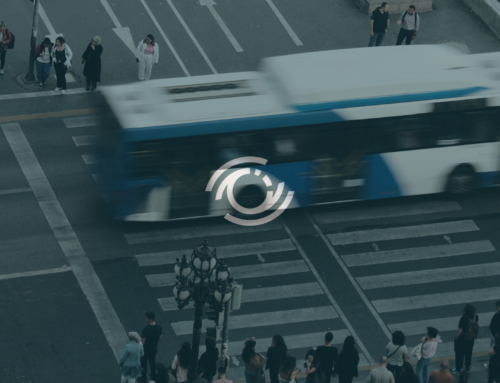
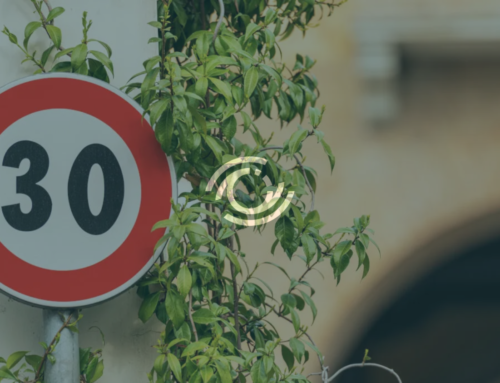
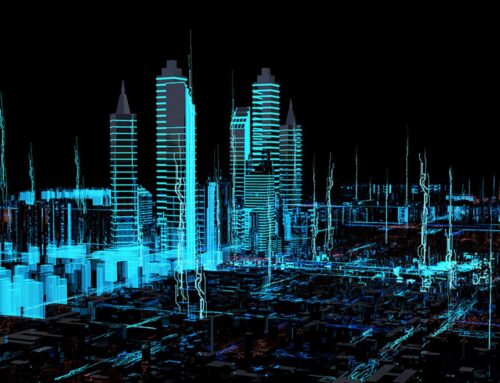
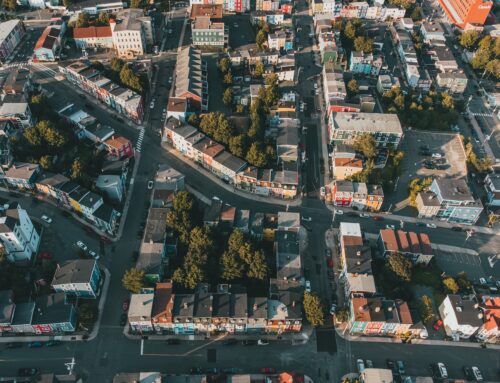





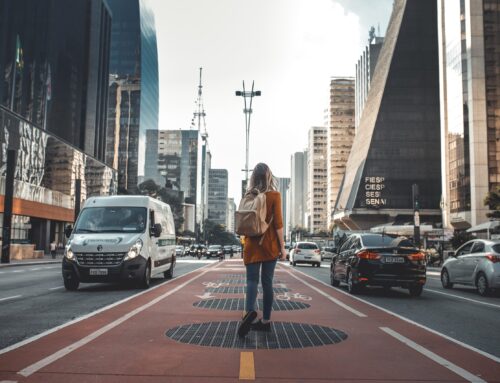
Attractive component of content. I simply stumbled upon your web site
and in accession capital to claim that I get actually loved account your blog posts.
Anyway I will be subscribing in your feeds or even I
achievement you get admission to constantly fast.
I like the valuable info you provide to your articles.
I will bookmark your blog and take a look at once more here regularly.
I am relatively sure I’ll be informed many new
stuff right right here! Best of luck for the following!
Ahaa, its nice dialogue regarding this post at this place at this webpage, I have read all that, so
now me also commenting at this place.
Peculiar article, exactly what I wanted to find.